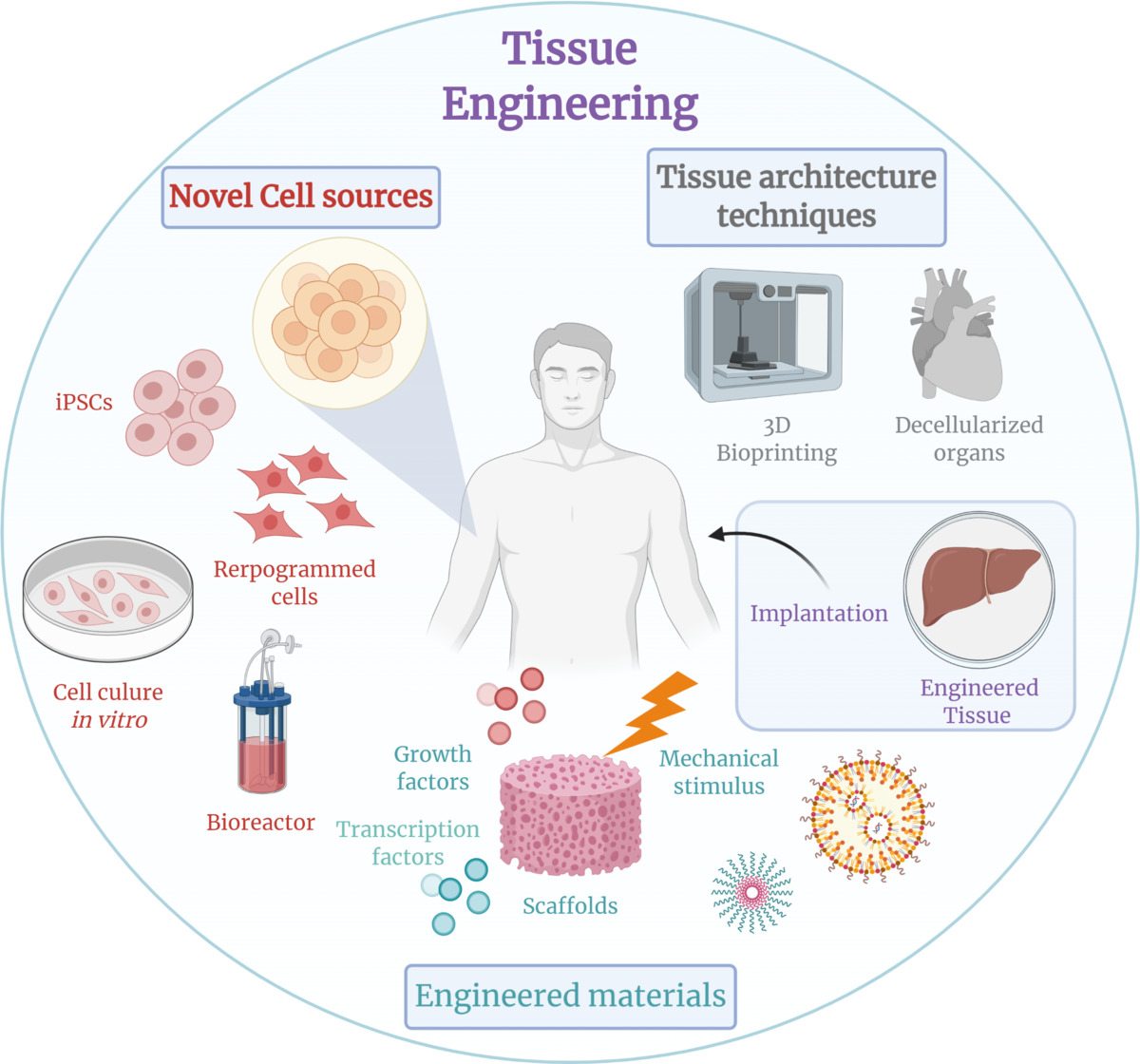
A technique pioneered in the Tissue Engineering and Regenerative Medicine Laboratory of Dr. Jeremy Mao, the Edward V. Zegarelli Professor of Dental Medicine at Columbia University Medical Center, can orchestrate stem cells to migrate to a three-dimensional scaffold infused with growth factor, holding the translational potential to yield an anatomically correct tooth in as soon as nine weeks once implanted.
People who have lost some or all of their adult teeth typically look to dentures, or, more recently, dental implants to improve a toothless appearance that can have a host of unsettling psycho-social ramifications. Despite being the preferred (but generally painful and potentially protracted) treatment for missing teeth nowadays, dental implants can fail and are unable to “remodel” with surrounding jaw bone that undergoes necessary changes throughout a person’s life.
An animal-model study has shown that by homing stem cells to a scaffold made of natural materials and integrated in surrounding tissue, there is no need to use harvested stem cell lines, or create an environment outside of the body (e.g., a Petri dish) where the tooth is grown and then implanted once it has matured. The tooth instead can be grown “orthotopically,” or in the socket where the tooth will integrate with surrounding tissue in ways that are impossible with hard metals or other materials.
“These findings represent the first report of regeneration of anatomically shaped tooth-like structures in vivo, and by cell homing without cell delivery,” Dr. Mao and his colleagues say in the paper. “The potency of cell homing is substantiated not only by cell recruitment into scaffold microchannels, but also by the regeneration of periodontal ligaments and newly formed alveolar bone.”








